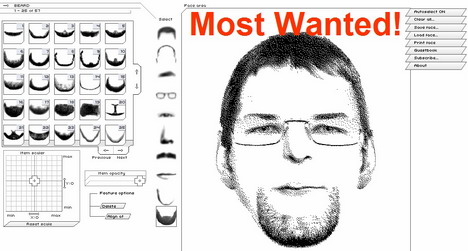PDAs in a pod
Design quirks hinder the Audiovox Maestro, near-twin to Toshiba’s e570, in the fast-paced Pocket PC race
WITH THE RELEASE of Microsoft’s Pocket PC 2002 specification, which raised the bar for Windows PDA performance, Toshiba decided the time was right to break into the PDA market with a sleek device called the e570. Audiovox then rebranded Toshiba’s model under its own label as the Maestro PDA1032C. It is the exact same product as the e570 but with half as much RAM (32MB instead of the e570’s 64MB). We evaluated the Maestro and found it to be a capable PDA, but with a few quirks that make competing models a stronger choice.
Similar to other Pocket PC 2002 PDAs, the Maestro is slimmer and lighter than its Windows CE predecessors. Its 206MHz Intel StrongArm CPUs, 16-bit color displays, slots for memory and I/O cards (one CompactFlash and one SecureDigital), infrared ports, and USB sync interfaces match the specs of other Pocket PC 2002 devices. The device’s front-panel layout is uniquely simple and elegant: A straight row of four function buttons is split by a round directional pad.
The Maestro feels good in the hand, thanks in part to strips of rubberized trim on the sides. But the unit’s design comes up short in some key respects. Its reflective, front-lit LCD screen isn’t nearly as bright and readable as the backlit screen on Hewlett-Packard’s Jornada. And there is no replaceable coin-cell backup battery to guard against data loss.
Other Pocket PC 2002 devices have fingertip scroll buttons or jog wheels along the left edge that make them easier to operate one-handed (such as looking up a contact while using the phone). The Maestro lacks this, and it cannot be removed from the supplied USB cradle with one hand. To its credit, the device’s top-loading memory and I/O slots are readily accessible. Cards insert easily and the hinged plastic cover does not interfere with card I/O connectors.
The bundle includes an attractive leather case, a modem cord for Audiovox cordless phones, and Microsoft Outlook 2002/ActiveSync software.




